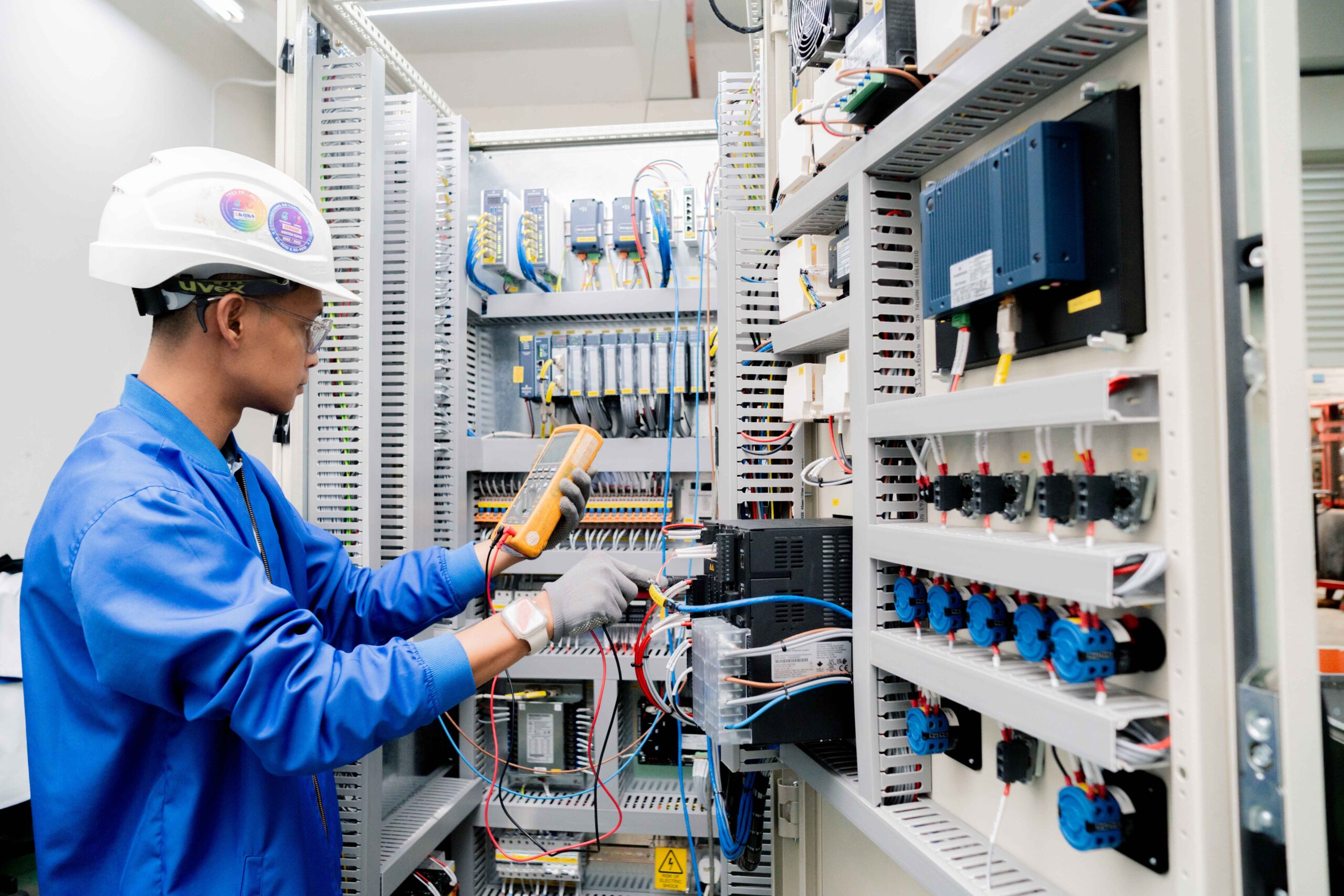
Electrical controls are the invisible heroes of modern technology, silently working behind the scenes to ensure everything from household appliances to industrial machinery operates efficiently and safely. In this blog post, we’ll delve into the basics of electrical controls, shedding light on their importance and functionality.
What Are Electrical Controls?
Electrical controls encompass a variety of devices and systems designed to manage and regulate electrical power. They serve as the brains of any electrical system, governing the flow of electricity to achieve desired outcomes. From simple on/off switches to complex programmable logic controllers (PLCs), electrical controls come in various forms to suit different applications.
Types of Electrical Controls:
- Switches: These are the simplest form of electrical controls, allowing users to manually interrupt or complete an electrical circuit. Examples include toggle switches, push buttons, and rotary switches.
- Relays: Relays are electromechanical switches that use an electromagnetic coil to control one or more circuits. They’re commonly used to control high-voltage circuits with low-voltage signals, providing isolation between the control circuit and the load circuit.
- Contactors: Similar to relays, contactors are heavy-duty switches used to control large electrical loads. They’re often employed in industrial settings to control motors, heaters, and other power-hungry equipment.
- PLCs: Programmable logic controllers are versatile devices used to automate processes in industrial environments. They can be programmed to execute complex sequences of operations based on input from sensors and other devices, making them invaluable for tasks requiring precise control and monitoring.
